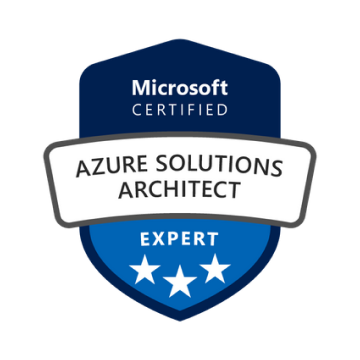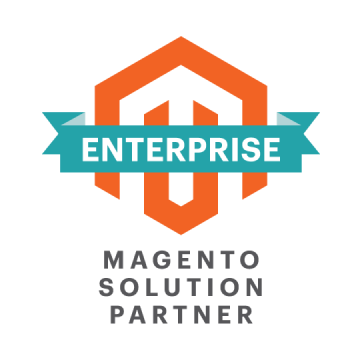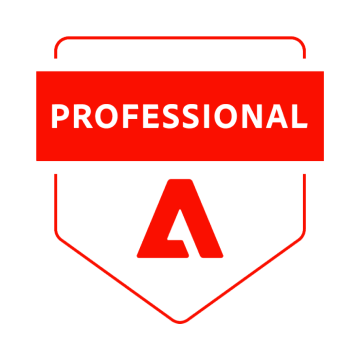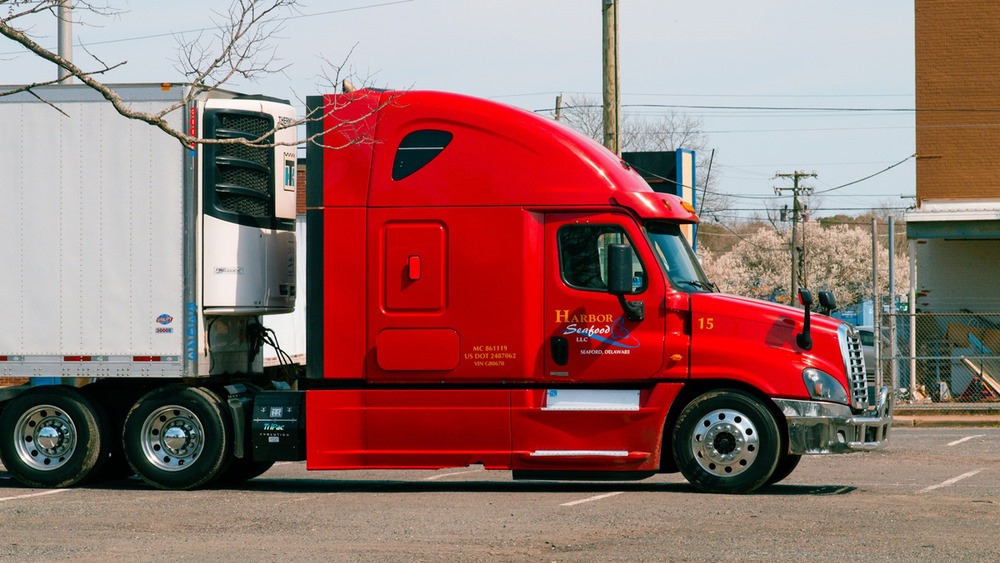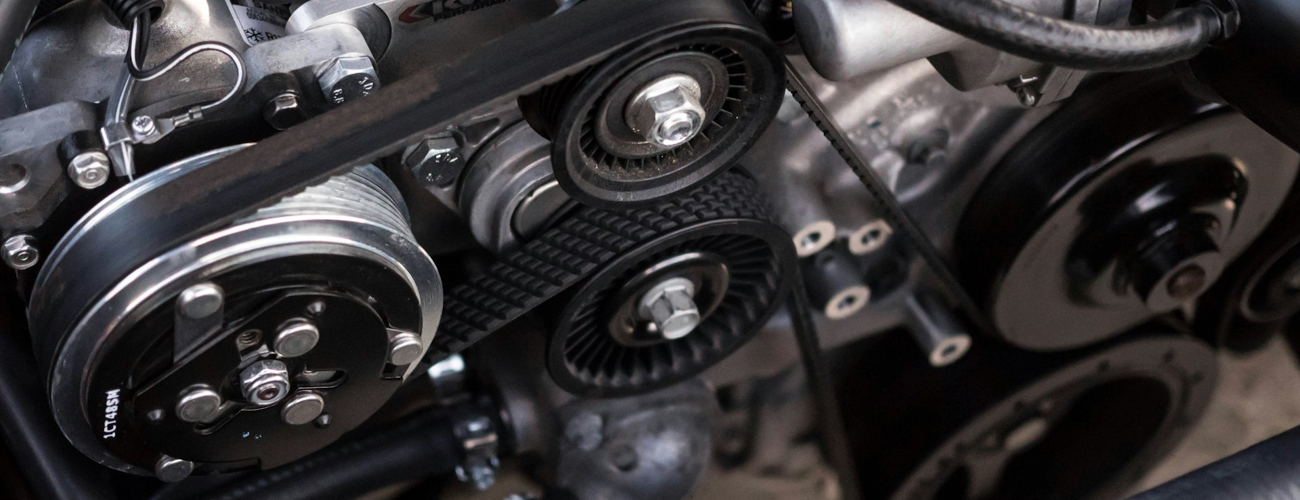Construction Software Development
Capital projects and maintenance programs in energy behave like living construction sites spread across grids, plants, pipelines, and substations. We build and integrate software that connects field activity with project controls and finance, shortens handoffs, and reduces rework. As an experienced partner, WiserBrand focuses on the parts that move the cost and schedule needle first — daily progress capture, change management, materials availability, and crew productivity — then expands the footprint once the data proves out.
Our work centers on practical outcomes: crews log work once on mobile (with offline mode), supervisors see the true state of labor, equipment, and materials by shift, and project managers compare earned value to schedule and budget without hunting across spreadsheets.

Our Offerings
Capital Project Controls (PMIS)
Set up a single source of truth for scope, WBS, budgets, commitments, change orders, and forecasts. We connect schedules (P6/MS Project) and quantity progress so earned value updates as crews report work. Cost and schedule moves are visible early, with clear audit trails for approvals and claims.
Field Data Capture & Mobile Workflows (Offline-first)
Give foremen and contractors one place to record labor, equipment, materials, progress, photos, and issues — even with no signal. Validation rules cut bad entries, barcode/QR speeds material picks, and sync brings data back to HQ automatically. No retyping into spreadsheets at the end of shift.
Work Orders, Permits & Safety (PTW/LOTO/JSA)
Digitize permit-to-work, isolations, and job safety analyses tied to each work package. Checklists, attachments, and required sign-offs are built in. Supervisors see status by unit or area, so hot work or confined space tasks don’t wait on paperwork.
Scheduling & Constraint Management
Link look-ahead plans to master schedules. Crews flag constraints (materials, access, vendor availability), and the system assigns owners with needed dates. As progress is logged, activities update and blockers surface before they burn days on the critical path.
Cost, Change & Earned Value
Track commitments, receipts, and invoices against budgets. Change requests flow from field-originated events with impact on time, cost, and quantities. Earned value pulls from installed quantities or verified progress, improving the accuracy of EAC and final completion dates.
Materials, Inventory & Logistics
Plan by work package: reservations, pick lists, and delivery windows tied to sequence. Receive against POs, reconcile heat numbers or certificates where required, and manage laydown yards to cut double handling. Shortage alerts help avoid idle crews.
Analytics & Portfolio Reporting
Portfolio dashboards show schedule health, cost trends, productivity, and risk by program, site, or contractor. Thresholds flag emerging issues, while drilldowns reach the work package or crew level. Executives get a clear view of capital exposure across plants, pipelines, and substations.
How We Bring Value To Your Business
We focus on the few workflows that move cost and schedule first, then expand what works. Field data, schedules, and finance stay in sync so leaders see risk early and act before it hits portfolio outcomes.
1
Predictable capital delivery
Forecasts update as progress, quantities, and commitments change. Executives see variance to plan by project and program, with clear drivers — scope growth, productivity, or materials — so course corrections land in time.
2
Faster field-to-finance
Timesheets, installed quantities, and receipts flow into AP and payroll without duplicate entry. Contractors get paid against verified progress, and month-end close takes days instead of weeks.
3
Fewer delays on the critical path
Look-ahead planning is tied to the master schedule. Constraints on access, materials, or vendor availability surface with owners and dates, cutting idle crews and recovering float.
4
Accurate change & claims
Events raised in the field become formal change requests with time, cost, and quantity impact. Approvals and revisions are tracked, reducing disputes and strengthening your position in negotiations.
5
Clean data for analytics & AI
Consistent IDs, reference data, and event logs make reports trustworthy and models useful. Portfolio views roll up from the same source, so KPIs match from the jobsite to the board deck.
6
Documented safety & permit workflows
Digital PTW, isolations, and JSAs sit next to the work package with sign-offs and attachments. Supervisors see live status, and audits move faster because evidence is already organized.
Challenges We Commonly Solve
Most overruns trace back to broken handoffs, missing materials, and weak data flow between field, engineering, and finance. We attack the causes, not the symptoms.
Cut delays on your next outage or capital job — start with one focused pilot.
Why Choose WiserBrand
Teams pick us for three things: integration depth, field readiness, and a prove-then-scale delivery model that fits live operations.
1
Integration depth
We connect PMIS, ERP, EAM/CMMS, BIM, GIS, and scheduling so data moves once and stays consistent. Expect solid ID mapping, event-driven syncs with retries, and exception queues. Your IT team keeps control with clear logs and rollbacks.
2
Built for the field
Offline-first mobile, barcode/QR, photo markups, and PTW/LOTO and JSA flows sit next to each work package. Forms carry validation and unit conversions, so dailies land clean. Training and a short support runway help crews adopt without disrupting outages or turnarounds.
3
Prove then scale
We start with one high-friction workflow — daily progress, materials picking, or change control — ship a working slice, wire it to cost and schedule, then expand after it pays off. Open data models and modular services keep future change low-risk and keep construction work moving.
Cooperation Models
Pick the engagement style that fits your program maturity and internal capacity.
We target one high-friction workflow — daily progress, materials picking, or change control — and deliver a production slice connected to your ERP/EAM and schedule. The pilot includes discovery, design, build, integration, and training with hypercare. You finish with working software, clean data mappings, an adoption playbook, and a budgeted roadmap for scale-out across sites and construction programs.
A cross-functional pod (product lead, developers, QA, and an integration/data engineer, with architect support as needed) ships increments on a steady sprint cadence. Your product owner sets priorities; we handle build, test, and integration, working in your repos and CI/CD. Expect tight handoffs with planning, procurement, and finance so field updates hit schedules and cost the same day.
For steady state, we take ownership of uptime, fixes, and small enhancements with clear response targets. The team manages releases, performance, admin requests, and vendor coordination, aligned to outage windows and capital milestones. You get predictable capacity to evolve modules, add reports, and support crews without pulling core staff off higher-value work.
Our Experts Team Up With Major Players
Partnering with forward-thinking companies, we deliver digital solutions that empower businesses to reach new heights.
Our Approach
We ship in small, production-ready slices that plug into your schedule, cost, and asset systems, so value shows up in operations without long lead time.
Clarify the problem and outcome. We walk the workflow on site, map roles, tools, and handoffs, and baseline today’s cycle times, rework rates, and data quality. From there we pick one high-friction slice (for example, daily progress or materials picking) and define the success criteria, integrations (ERP, EAM/CMMS, P6), and constraints.
Design the workflow and data model. We draft forms, validations, and offline behavior; align IDs to your master data; and specify how events flow to scheduling and finance. Security, audit trails, and error handling are designed up front to keep operations stable once the pilot goes live.
Build and integrate the vertical slice. In short sprints we deliver mobile and web screens, APIs, and sync jobs, then connect them to schedules, costs, and documents. We seed with real historical data where possible and run structured tests that cover edge cases like split shifts, unit conversions, and change events.
Run a field pilot with crews. Supervisors and contractors use the new flow on an active job or outage, with quick feedback loops for fixes. We track adoption, data completeness, and schedule impact, adjust forms and rules, and document the playbook for broader rollout across construction sites.
Operate and scale. We harden the stack (monitoring, backups, release cadence), shift to managed support, and extend to adjacent workflows — permits, QA/QC, logistics, or change control. Portfolio reporting rolls up from the same source, and legacy spreadsheets or Access files are retired as the new process proves out.
Case Studies
Our case studies highlight the outcomes we’ve delivered and the approaches that made them possible.
Construction Software Development FAQ
We pick one workflow (for example, daily progress or materials picking), wire it to your ERP/EAM and schedule, run it on a live job, and track adoption and impact.
Yes. We map IDs to your master data, run event-driven syncs with retries and exception queues, and keep logs and rollbacks. No rip-and-replace of core systems.
Mobile forms capture labor, equipment, materials, photos, and issues with validations and barcode/QR. Data syncs in the background when connectivity returns, with conflict handling to keep entries clean.
We baseline before rollout, then track cycle time for dailies, unplanned idle hours, month-end close duration, change approval timelines, and forecast accuracy. Dashboards show trends by project and program.
Yes. The same data model links to EAM/CMMS and work management. After a pilot, most teams expand to permits, QA/QC, logistics, and then to outages and recurring maintenance work.
